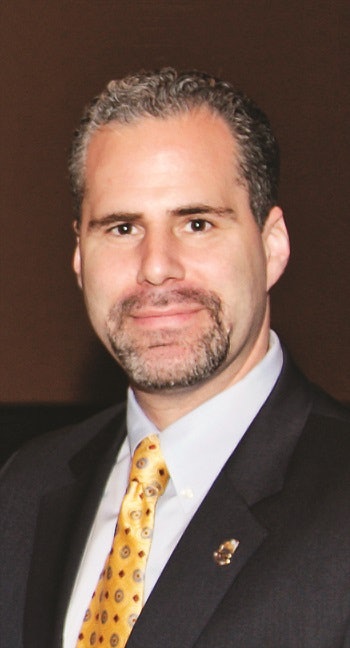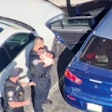 Jon Adler, President of the Federal Law Enforcement Officers Association Foundation
Jon Adler, President of the Federal Law Enforcement Officers Association Foundation
Look, up in the sky, it ain't a bird, a plane, or Superman; it's a remotely piloted aerial video crime fighting thing-a-ma-jig. It's capable of supporting many vital law enforcement functions, and doesn't cost much. In fact, they're so cheap the bad guys are using them, too.
The bad guys are exploiting this technology for criminal purposes at an unrestricted pace, undeterred by laws, costs, or public perception. Law enforcement must put on its cape with the big "S" and prevail in this video star wars.
The Kryptonite for police remotely piloted aerial video isn't bad guy jamming devices, training complexity, or legal hurdles. It's potentially treacherous optics. You will note that I have not called these aerial devices "drones" or "unmanned aerial vehicles (UAVs)." The optics associated with these names are negative. There is public distrust of drones, and critics see them as death from above or Big Brother spying from the sky. Branding is important, and it is important for the name of these aerial law enforcement vehicles to reflect their positive police mission.
Unlike the bad guys, law enforcement must be mindful of the imperative of winning community trust. Yes, program transparency and strong agency policies are important, as well as thorough training. But in the end, law enforcement must conquer the optics challenge and win the trust of the American citizenry.
A good example of how to accomplish this was illustrated in Michael Hamann's "How to Implement and Justify a Drone Program" (POLICE, January 2018). In his opening paragraph, Hamann describes a real example of how a remotely piloted aerial video vehicle was used to quickly locate children that went missing in a park. Positive life-saving stories can conquer a thousand criticisms.
As POLICE Magazine Editor David Griffith discussed in his article "Drone Vs Drone" (POLICE, January 2018), drones can be used against law enforcement." While Griffith advocates correctly for police capacity to counter bad guy drone use, it is also important that these examples be cataloged and shared with the community. Law enforcement needs to illustrate the dire consequences of the good guys doing nothing in response to criminal aerial video engagement.
The Police Foundation has created a guide for law enforcement agencies seeking to build strong aerial video programs. And the International Association of Chiefs of Police has issued Recommended Guidelines for the Use of Unmanned Aircraft. These resources are invaluable when building department aerial video programs. They properly stress the need to be mindful of public Fourth Amendment and privacy concerns, as well as the need to implement strong policy for aerial video use.
As technology continues to evolve, and as criminals seek to exploit it, law enforcement needs to be out front and not in the rear. Reference books and guidelines are critical for sharing best practices for building integrity-driven programs, but they have a limited purpose. Once an agency launches its aerial video program, it has to sustain and constantly validate it. Given the relatively low cost of aerial video vehicle acquisition and officer training and certification, all departments will inevitably initiate a remotely piloted aerial video program. This isn't a passing fad.
How does law enforcement sustain public confidence in how it administers a public safety aerial video program? To help guide a unified law enforcement approach to administering unmanned aerial video services, I recommend the creation of a national center for police aerial video engagement. This resource could support department efforts to both stand up and sustain aerial video programs.
A national center would have the capacity to catalog all positive instances of law enforcement deploying life-saving aerial video. Of equal importance, the center could capture real incidents that disclose criminal schemes that are exploiting this technology. The center could provide guidance on sustained community engagement, and arm departments with a library of aerial video life-saving success stories. The center would help law enforcement overcome public distrust with real examples in support of their program.
If law enforcement can convince communities that their aerial video program is for saving lives and not Big Brother spying, they can advance their public safety missions. With the real-time support of a national center, law enforcement can defeat optics challenges and sustain community trust.
With the right support, police can clip the bad guys' video wings, and use this technology to keep communities safe.
Jon Adler is the president of the Federal Law Enforcement Officers Association Foundation.















